Progress Report
Cybernetic Avatar Technology and Social System Design for Harmonious Co-experience and Collective Ability5. Designing a co-created CA society that expands diversity and inclusivity (Social Co-Creation Research Group)
Progress until FY2022
1. Outline of the project
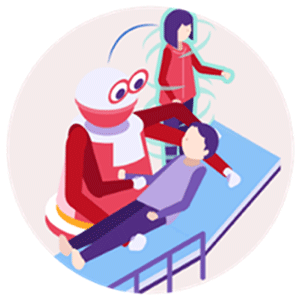
Creating a
well-being lifestyle
to overcome disabilities
and challenges with CA.
We will co-create practical implementation of cybernetic avatars (CAs) with users to realize a society where individuals can maximize their abilities and work beyond physical, spatial, and social limitations, regardless of individual differences in their natural bodies. Through co-creation with people affected by various social issues such as disabilities and the aging of society, we will contribute to the realization of the "cybernetic avatar lifestyle" as stated in Goal 1 by materializing the future lifestyle, work, learning, and fun that CA will bring.
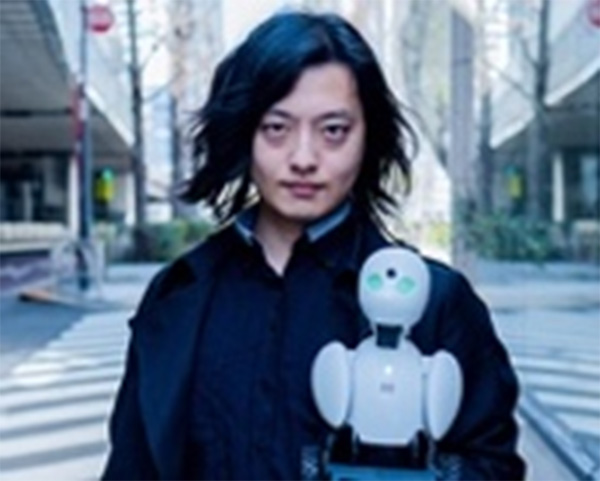
Practical research on overcoming disabilities through CA
Kentaro YOSHIFUJI (OryLab Inc.)
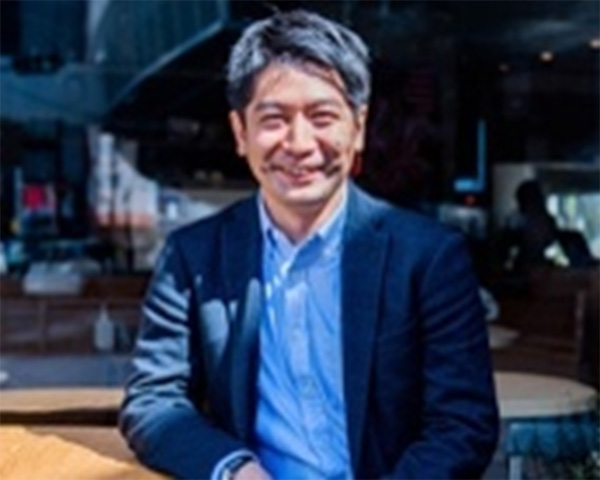
Industrial implementation and evaluation of physical co-creation
Takeshi ANDO (Panasonic Holdings Corporation)
2. Outcome so far
- (1) Demonstration experiment applying the core technologies of cognitive augmentation, parallelization, and skill fusion at the avatar robot café DAWN ver.β
- (2) National and international awards, including the Golden Nica at Ars Electronica
- (3) Demonstration experiment of outdoor driving of a mobile cart-type CA with the participation of people with disabilities
At the avatar robot café DAWN ver.β, 77 CA operators, called "pilots," leverage avatar robots from their homes or hospitals to access work. By operating the robots as their "other bodies," they provide café services such as talking with visitors and serving drinks. Pilots include many people with upper and lower limb impairments including ALS, SMA, muscular dystrophy, heart disease, and spinal cord injury.
In (1), a 6-week experiment was conducted to test new ways of working with CA for persons with disabilities at the avatar robot café from May to June 2023. Three CA technologies were deployed to verify the impact of long-term effect using Ca; (I) customer service using virtual characters customized by the pilots themselves, developed by the Cognitive Augmentation Research Group; (II) cafe service in which multiple CAs are operated in parallel, developed by the Parallel Agency Research Group; and (III) cafe service in which two people operate a CA in parallel, developed by the Collective Ability Research Group, in which two people operate one CA and cooperate remotely to make customized pancake topping decorations.
In (2), the avatar robot café received national and international awards, including the Ars Electronica Golden Nica (top prize in the digital community category), the Good Design Award Grand Prize, and a Dubai Zayed Sustainability Award.

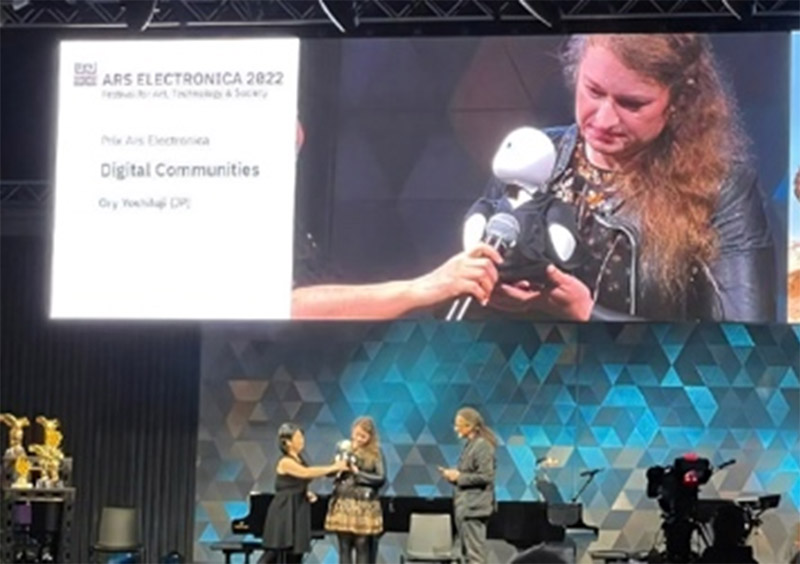
Golden Nica prize
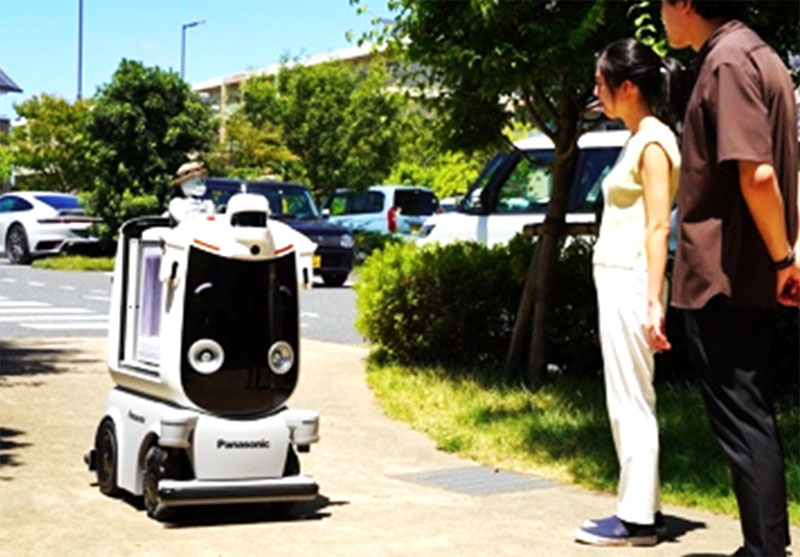
In (3), a demonstration experiment is being conducted in Fujisawa City, Kanagawa Prefecture, to introduce the city by building an integrated CA that combines an avatar robot operated by a person with disabilities and a mobile cart operated by another operator, traveling outdoors. The operators of the guiding avatar robot and the operator of the mobile cart cooperate smoothly with each other to provide the service, which verifies the effectiveness of the CA as a use case in the real world.
3. Future plans
In order to expand the age range and diversity of people with disabilities who utilize CA, we will implement and verify the effectiveness of a work experience program using CA for students of special-needs schools nationwide as an approach to target younger age groups. We aim to increase the employment rate and expand the scope of social participation of people with physical disabilities, which has been an issue up to now.